
As more advanced CNC machining takes the manufacturing industry by storm, some shops are hesitant to take the leap into 5-axis machining. For those who want to succeed in a world dominated and determined by progress, though, ignoring 5-axis could mean leaving money on the table.
What is 5-axis Machining?
The term 5-axis machining refers to a type of multiaxis subtractive manufacturing in which the machine that cuts away stock material can move in five axes. In machining, the number of axes a machine uses determines the different directions either its tool or its table can move. There are three basic axes that any CNC milling machine uses: X, Y, and Z; or left-right, towards-away, and up-down. A 3-axis machine can use only these three linear axes. A 5-axis machine, however, can use two additional axes: A and B. The A-axis describes movement (or rotation) around the X-axis, while the B-axis refers to movement around the Y-axis.
What are the Differences Between Simultaneous 5-axis Machining and 3+2 Axis Machining?
In 5-axis machining, the machine’s tool or table is able to move along all five of the previously mentioned axes simultaneously. There is no need for multiple setups with 5-axis machining; the tool can access any side of the part that isn’t resting on the table by adjusting its position and angle.
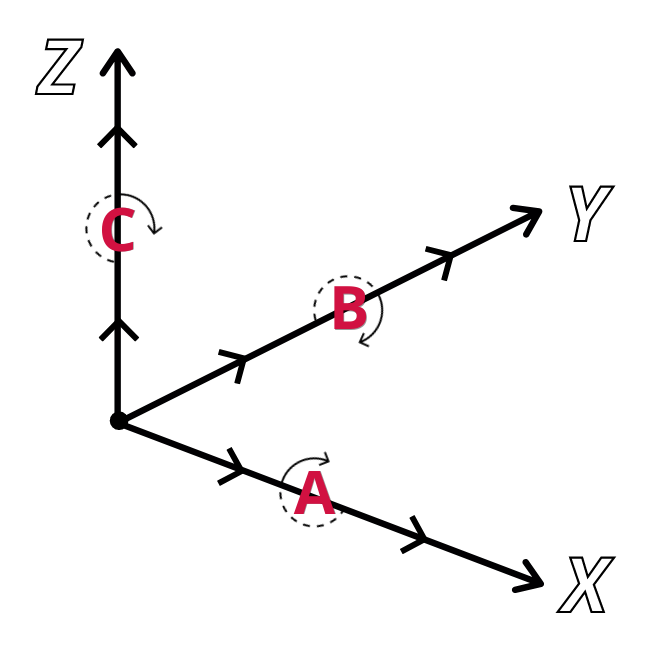
In 3+2 machining, also called positional 5-axis machining, a 3-axis milling program is run while the cutting tool is locked in a stationary, tilted position along a 5-axis machine’s rotational axes (A and B). The tool is not moved continuously along the rotational axes to achieve new angles as it would be in 5-axis machining, but it can be fixed in angles that would be impossible on a 3-axis machining. The process is essentially a hybrid of 3-axis and 5-axis, and it is most useful when programmers can’t use true 5-axis machining but want to use shorter tools and avoid excess setups.
What are the Advantages of 5-axis Machining?
Any shop that machines parts on more than one side can benefit from 5-axis machining. Like 3+2 machining, 5-axis reduces the number of setups a part requires, but with even more efficiency. Most 5-axis parts can be machined in only one or two setups. By reducing setups, shops can also reduce the opportunity for operator error and saves overall human hours. In addition, machinists can also use shorter cutting tools that allow for higher speeds and feeds with less tool deflection, because the cutter’s orientation is optimized. Not only does this save shops from having to buy a more diverse range of cutting tools, but it also extends the life of the tools they do have.
What are the Most Common Applications of 5-axis Machining?
The applications for 5-axis machining are as varied as the industries that use it. Any shop, regardless of its size, could benefit from machining its more complex parts on a 5-axis center. In the mold industry, 5-axis machining is perfect for removing great amounts of material from deep cavities with complicated undercuts and sharp corners.
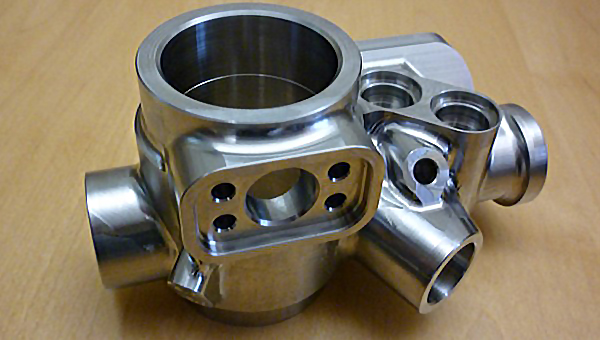
An aerospace part programmed using Mastercam Mill-Turn solutions.
The aerospace industry uses 5-axis to achieve superior finishes on parts with tilted surfaces and extremely tight tolerances. For the automotive industry, time and tool savings are invaluable. The medical industry uses 5-axis machining to create highly complex tools and bionic parts that couldn’t be machined any other way.
Mastercam Multiaxis for 5-axis Machining
Mastercam Mill provides 3+2 strategies for a stepping stone into multiaxis, Dynamic Motion Technology with OptiRough for unequal power in machining prismatic parts and full machine Simulation. For those who want more, however, Mastercam’s Multiaxis add-on is a complete, state-of-the-art multiaxis control suite that gives users full control of a variety of Cut Patterns, Tool Axis Controls, and Collision Avoidance Controls.
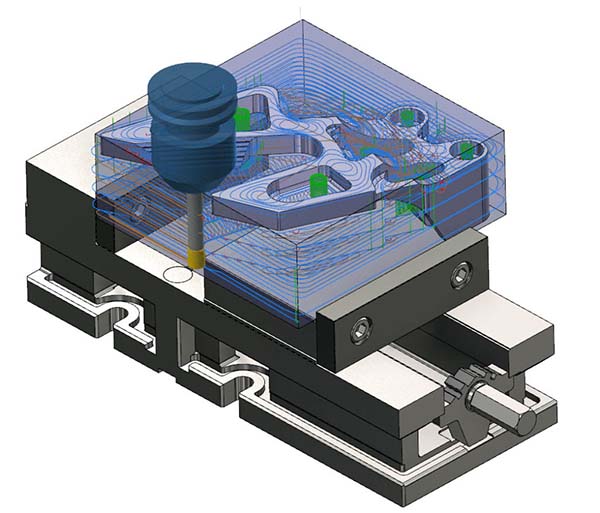
The Multiaxis product is designed to unlock the most powerful abilities that a user’s machines have to offer. Before any machining takes place, users can be sure that their part, tool, and machine are all protected by taking advantage of the software’s safety features. Multiaxis sets tilt axis limits to keep the tool angle within safe parameters, ensures a safe zone around the part itself, and engages advanced gouge-checking. Its next-level technology supports the most standard tool geometries to the most advanced, guaranteeing the most accurate parts, the best surface finishes, and the fastest machining times.
Of course, even the most sophisticated tool is useless if you don’t know how to use it. Click below to see our available Mastercam Training options.


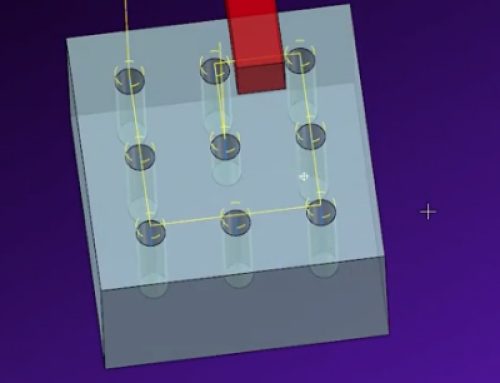
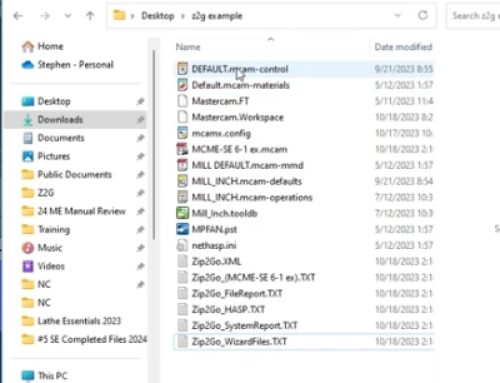
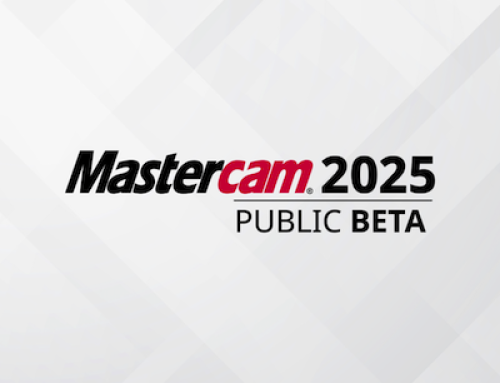
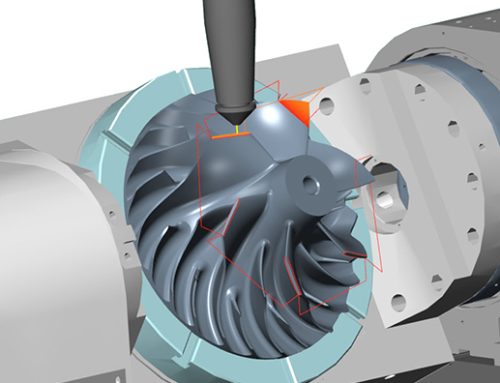
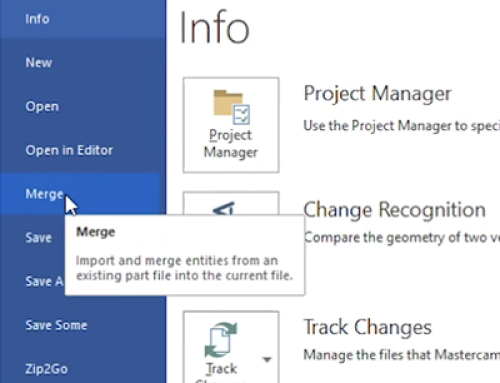
Leave A Comment